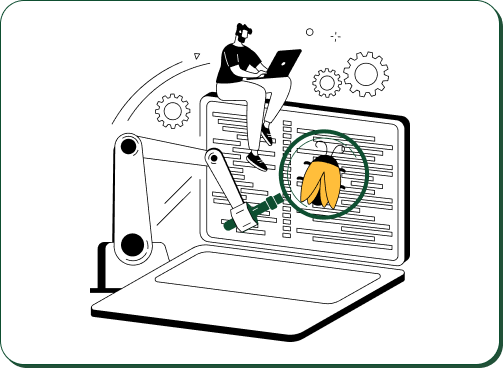Defining plagiarism
It is the submission of work copied from another source without mentioning or acknowledging the source. This misrepresentation of someone else’s ideas as your original work is a serious disciplinary offence. Duplication occurs when another student is involved or the sources outside the university are misused.
Self-Plagiarism
Most writers or students often claim that because they did the work, they can reuse it either in excerpts or in full repeatedly. Though it rarely results in serious legal actions, it can negatively affect the presentation of reports, academic, and research papers.
This practice is a common type among college and high school students, where the writer copy and paste their entire work or reuses parts of their previously published text while writing a new one. If a student uses the same English paper for different projects without consulting the teachers concerned, that will be considered as such.
How Does Phdessay’s Plagiarism Scanner work?
Phdessay’s plagiarism scanning software analyzes work to match lexical frequencies, words, and phrases while scanning for plagiarism free. It maps your content into the software’s internal network and compares your work with the database available on the entire web. When you paste or upload your article, the tool carefully and automatically scans against the entire web.
How to use this Plagiarism Scanner Online Free
Simply paste your content and click on the “Check” button. The software will take a few seconds to scan for plagiarism online free and provide a report showing the originality percentage. It will also highlight copied phrases and words and a list of sources.
Other tools that can be helpful for you:
To avoid getting in trouble, you can use other our detection tools available online to scan for plagiarism:







